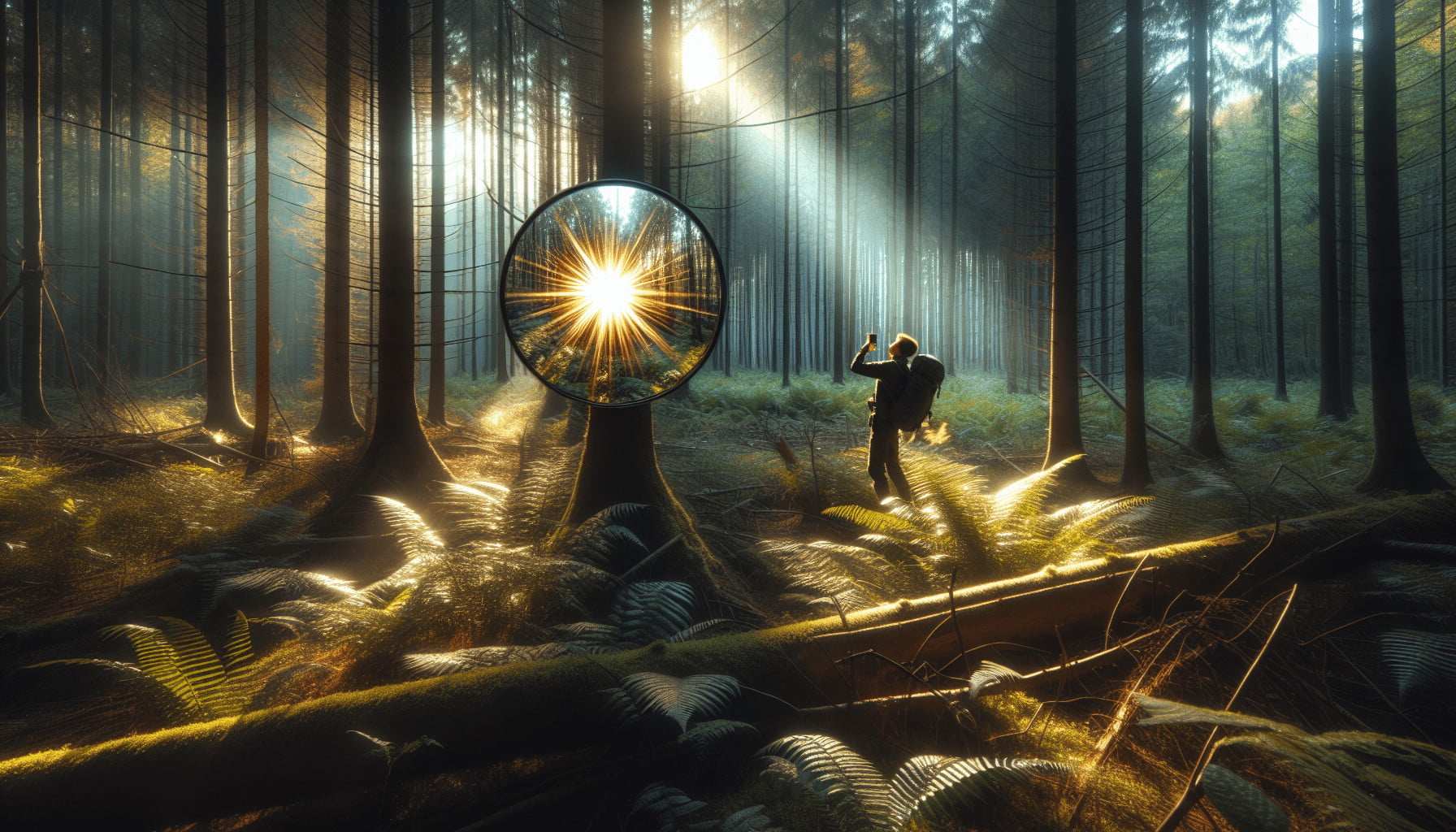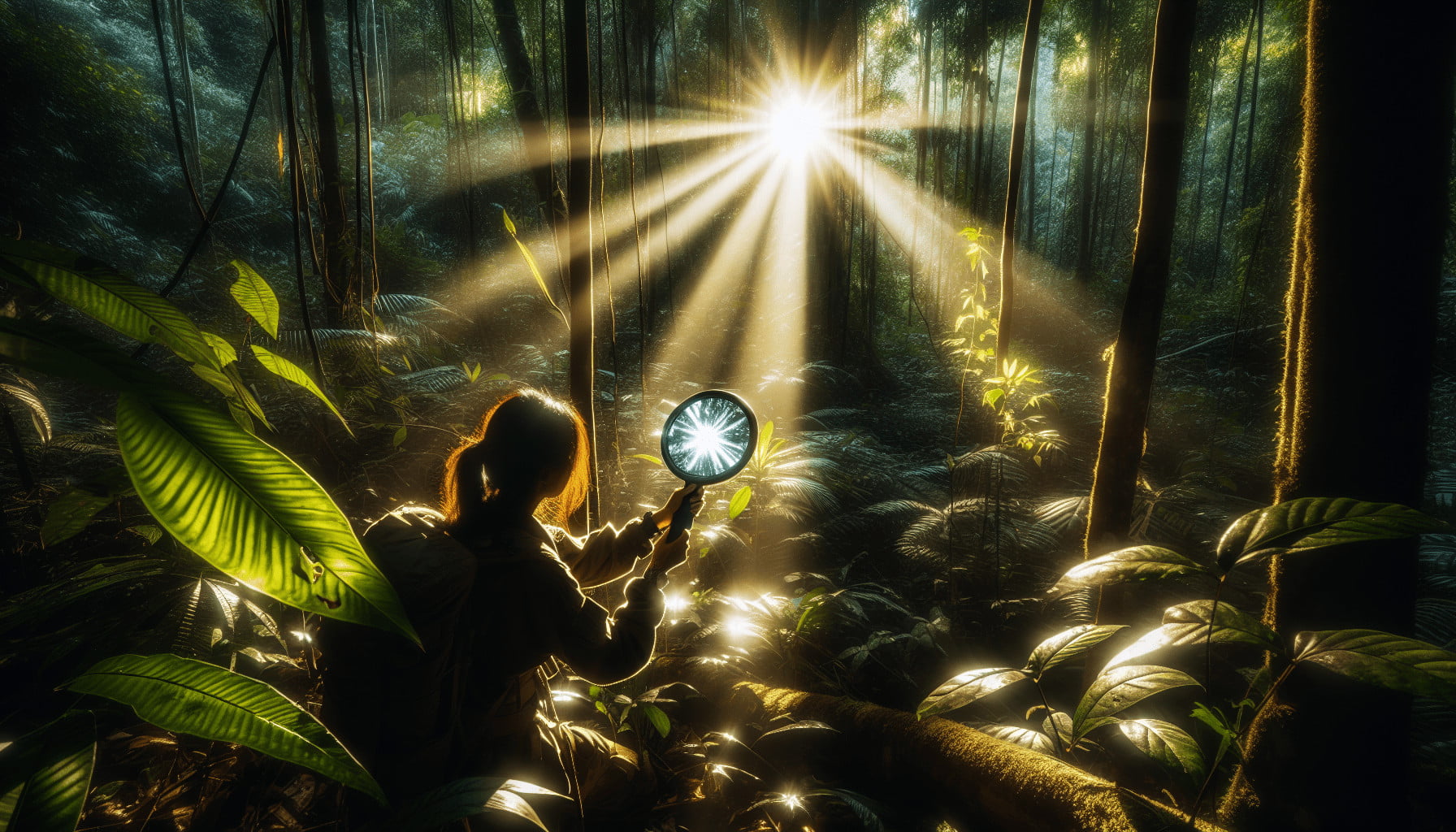Hey there! When you find yourself in a wilderness setting and in need of help, it’s important to know the best ways to signal for rescuers. Whether you’re lost hiking or camping, stay calm and use these effective methods to increase your chances of being found quickly. From creating large signals on the ground to using mirrors and whistles, this article will provide you with the essential tips and techniques to ensure your safety in the great outdoors. Stay prepared and stay safe out there!
Best Ways To Signal For Rescuers In A Wilderness Setting
Have you ever found yourself lost or injured in the wilderness with no means of communication? Knowing how to signal for rescuers can mean the difference between life and death. In this article, we will discuss the best ways to signal for help in a wilderness setting. Whether you’re an experienced hiker or a beginner camper, these tips could save your life.

1. Using Visual Signals
When you’re lost in the wilderness, your best chance of being spotted by rescuers is through visual signals. Here are some effective ways to catch the attention of search teams:
- Smoke Signals: If you have a fire going, creating a lot of smoke over a short period can signal for help. Build a large fire close to a clearing and add green vegetation or damp materials to create more smoke.
- Signal Mirror: A signal mirror is a small mirror that reflects sunlight to create a flash of light. This flash can be seen from a long distance and guides rescuers to your location. Hold the mirror in one hand, position it to reflect the sunlight, and aim it towards the aircraft or potential rescuers.
- Flares: Flares are another effective visual signal for rescuers. They emit a bright light and thick smoke, making them highly visible even in poor weather conditions. Remember to aim the flare away from your body and any flammable materials.
These visual signals are easy to use and can greatly increase your chances of being rescued in a timely manner.
2. Making Audible Signals
In addition to visual signals, using audible signals can help rescuers pinpoint your location. Here are some ways to create audible signals:
- Whistle: A whistle is a lightweight and compact signaling device that carries over long distances. Three short blasts or any unusual pattern can signify distress and alert nearby rescuers.
- Shouting: If you hear or see potential rescuers nearby, shouting can be an effective way to signal for help. Use key phrases like “Help!” or “Over here!” to help rescuers locate you.
- Noise Makers: If you have any items that can create loud noises like a whistle, a horn, or banging metal objects together, use them to draw attention to your location.
Remember to conserve your energy and resources when creating audible signals to ensure they can be sustained until rescue arrives.
3. Building Signal Devices
In a wilderness setting, creativity can be your best ally when it comes to signaling for rescuers. Here are some simple signal devices you can build using natural materials:
- Signal Fire: In addition to creating smoke for visual signals, you can add specific materials to your fire to create different levels of visibility. For example, adding green vegetation or chemical substances can change the color of the smoke, making it more noticeable from afar.
- Signal Panel: If you have a bright-colored piece of cloth like a bandana or an emergency blanket, lay it out in an open area to create a visible signal panel. Use rocks or sticks to spell out distress messages or create easily recognizable shapes like an “X” or a triangle.
- Arrow: Use rocks, sticks, or branches to create an arrow pointing towards your location. This simple yet effective signal can guide rescuers in the right direction and prevent them from missing your position.
These homemade signal devices can be a lifesaver in a survival situation and increase your chances of being rescued quickly.
4. Signaling with Maps and Symbols
If you have a map or compass with you, you can use them to create signals that are easily understood by rescuers. Here are some ways to signal with maps and symbols:
- Symbols: Draw universal distress symbols like an “X,” a triangle, or a SOS sign on the ground using rocks, sticks, or any available materials. These symbols are commonly recognized by rescuers and indicate that you are in need of help.
- Creating Patterns: If you have a map or know your location, create patterns or shapes that can be seen from the air like a large triangle or a circle. Use contrasting colors or materials to ensure the signal stands out against the natural surroundings.
- Reflective Tarp: If you have a reflective tarp or emergency blanket, lay it out on the ground to create a large signal that can be seen from above. The reflective material will catch the sunlight and attract the attention of search teams.
By using maps and symbols to signal for help, you can convey important information to rescuers without having to speak a word.

5. Signaling with Technology
In today’s digital age, technology can be a valuable tool for signaling for help in a wilderness setting. Here are some ways to use technology for signaling rescuers:
- Cell Phone: If you have cell phone reception, use your phone to call emergency services or send a text message with your GPS coordinates. Even if you don’t have signal, leaving your phone on can help rescuers ping your location.
- Personal Locator Beacons (PLBs): PLBs are small devices that can send distress signals via satellite to search and rescue teams. They provide your exact GPS coordinates, making it easier for rescuers to locate you in remote areas.
- Emergency Whistles with GPS: Some whistles come equipped with GPS trackers that can send your location to emergency services when activated. This feature is especially useful if you’re unable to communicate your whereabouts verbally.
Leveraging technology can greatly enhance your ability to signal for help and expedite the rescue process in critical situations.
Conclusion
Being able to signal for rescuers in a wilderness setting is a crucial survival skill that everyone should be familiar with. Whether you find yourself lost, injured, or stranded in the wild, knowing how to attract the attention of search teams can make the difference between being rescued or remaining in a dangerous situation. By using visual signals, audible signals, homemade signal devices, maps, symbols, and technology, you can effectively communicate your need for help and increase your chances of being rescued quickly and safely. Remember to stay calm, stay put, and follow these tips to improve your chances of survival in the wilderness. Stay safe and happy trails!
